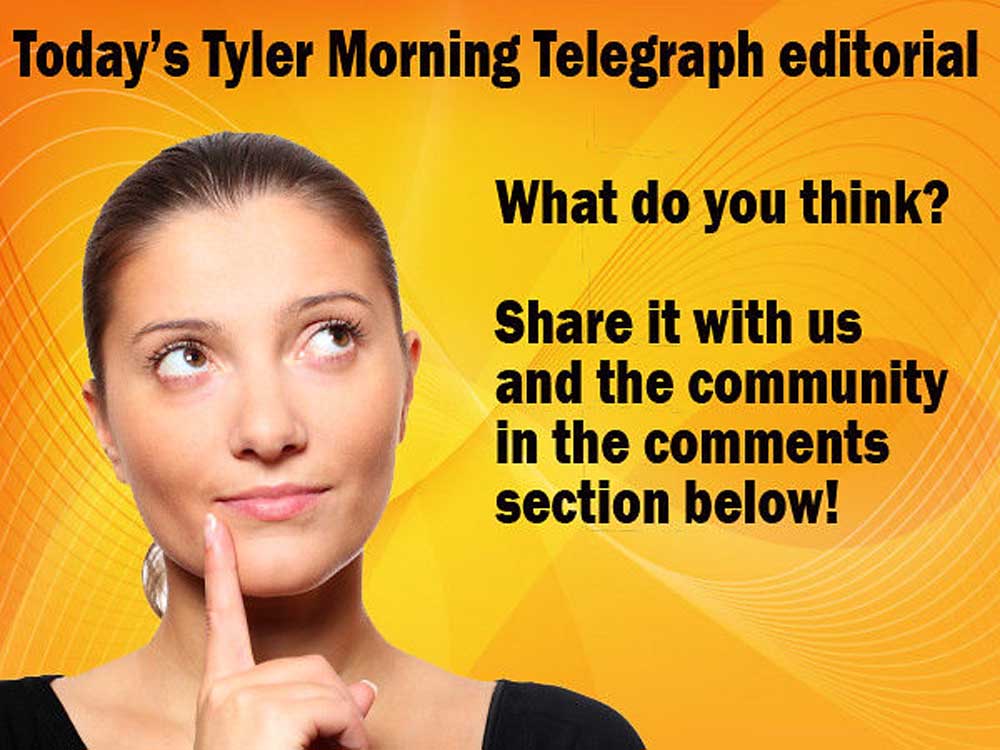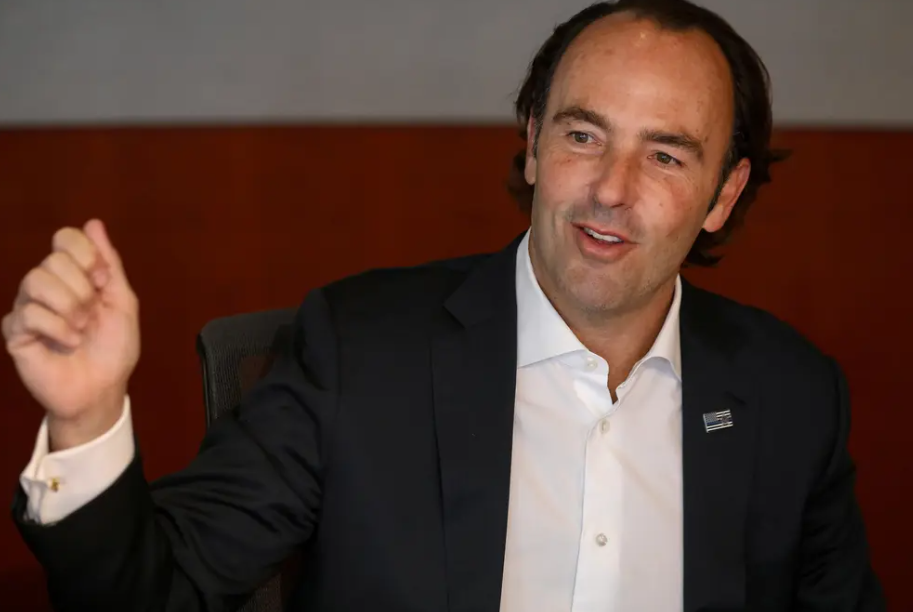Free people do not always choose well
Published 8:27 pm Thursday, September 18, 2014
Here’s the dilemma government faces: What happens when citizens, free to make their own choices, choose unwisely? Is government then entitled — or even obligated — to take away that freedom?
We would argue no; government must just work harder to educate its citizens about their choices.
Trending
Here’s the latest example of people choosing unwisely:
“American fast food customers have spoken, and what they essentially have said is that when they’re hungry for French fries, they’re focused on the fries, not calories,” Time magazine reports. “The message comes by way of Burger King’s announcement that after months of lackluster sales, its ‘Satisfries’ — introduced last fall as a regular fry alternative with 30 percent fewer calories and 40 percent less fat — would disappear from two-thirds of BK’s North American locations. It didn’t help the Satisfries cause that they cost more than regular fries, $1.89 versus $1.59 for a small order.”
Oh, it gets worse, in a very delicious way.
“What’s particularly interesting is that in the same week that Satisfries have more or less been declared a failure, Burger King reintroduced a style of ‘fries’ back to the menu that no one is pretending is health food: Chicken Fries,” Time adds. “In both cases, BK is saying that the decision was ultimately made by customers.”
And that’s the problem. Customers making their own choices are making choices that government regulators don’t like. What’s the answer?
The first step is the “nudge.” That’s the term in vogue, as it’s explained by former Obama advisor Cass R. Sunstein. His book (co-written by Richard Thaler) is titled “Nudge: Improving Decisions about Health, Wealth and Happiness.”
Trending
Sunstein and Thaler want to rely more heavily on “choice architecture,” to nudge citizens in the right direction.
“The person who designs the grocery store layout wants to make sure you walk by the aisles with the most profitable items and the items that are most likely to be impulsive purchases,” the book says.
So instead, stores should be designed to encourage people to make better choices.
And that’s where the system breaks down — largely because so much government intervention is necessary to change “choice architecture” over the whole of our society. Government would have to be involved in designing the layout of stores, in how menus are designed, and even how various products are presented.
And in the end, there will still be people who refuse to make the right choice. So what’s next? History shows it’s government action to reduce freedom and take away choices.
As Sunstein himself writes, “when people are imposing serious risks on themselves, it is not enough to celebrate freedom of choice and ignore the consequences.”
How far away is a ban on French Fries?
We saw the principle in action last week in Dripping Springs public schools, which instituted “Meatless Mondays” to eliminate choices.
Frankly, that’s the easy way out of the dilemma. The harder path, but the only acceptable one, is to do a better job of educating citizens on their choices.








